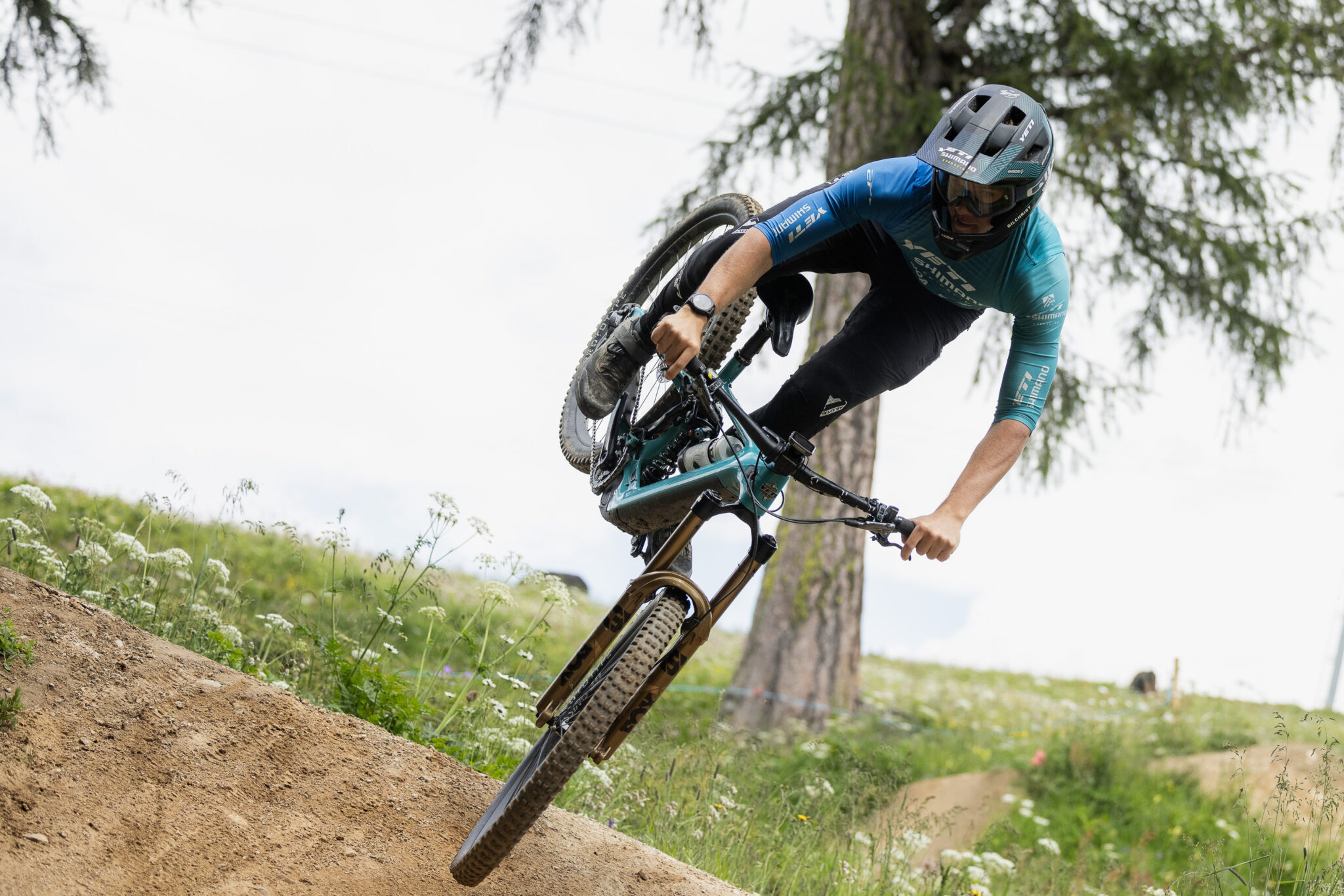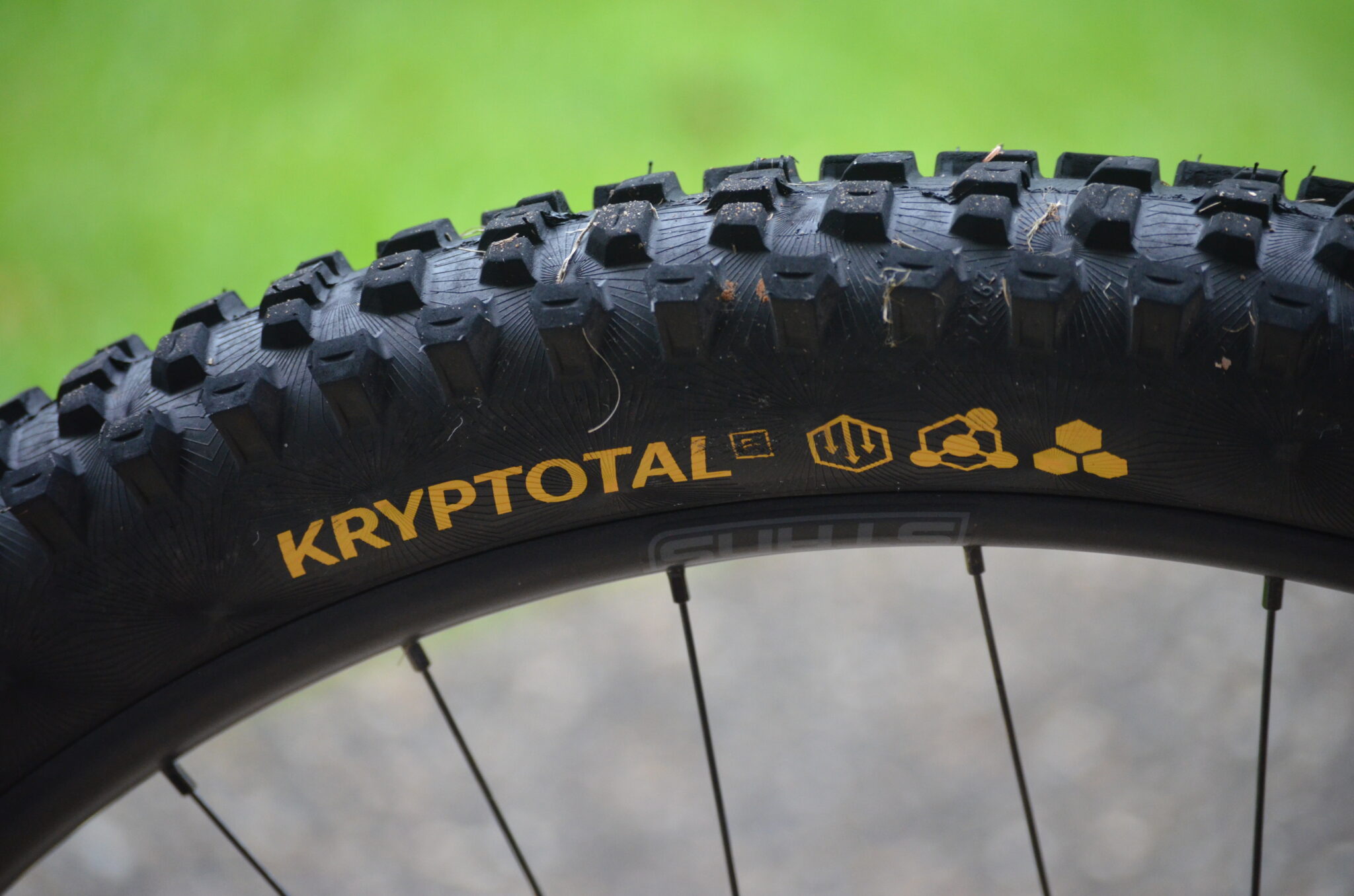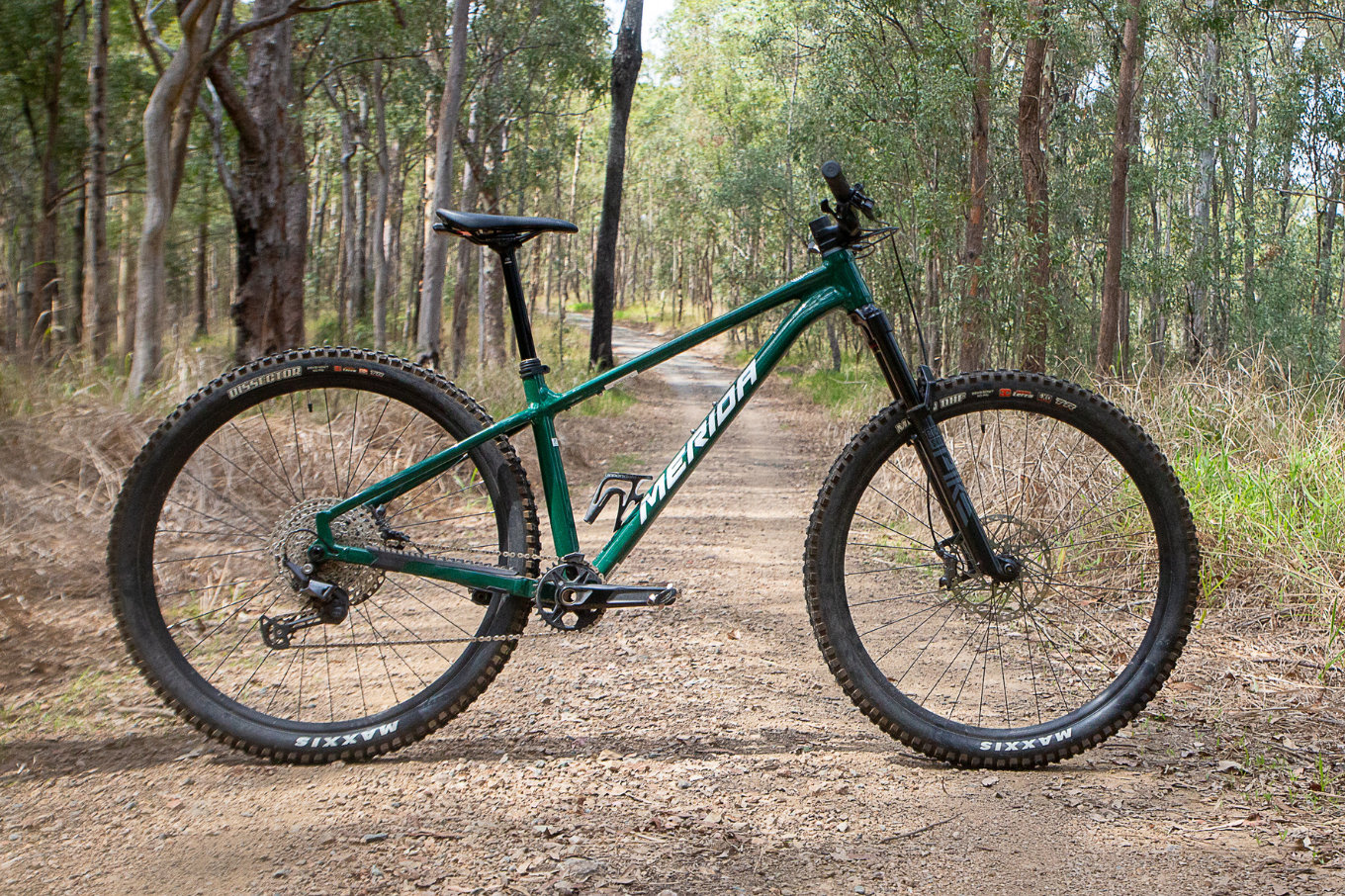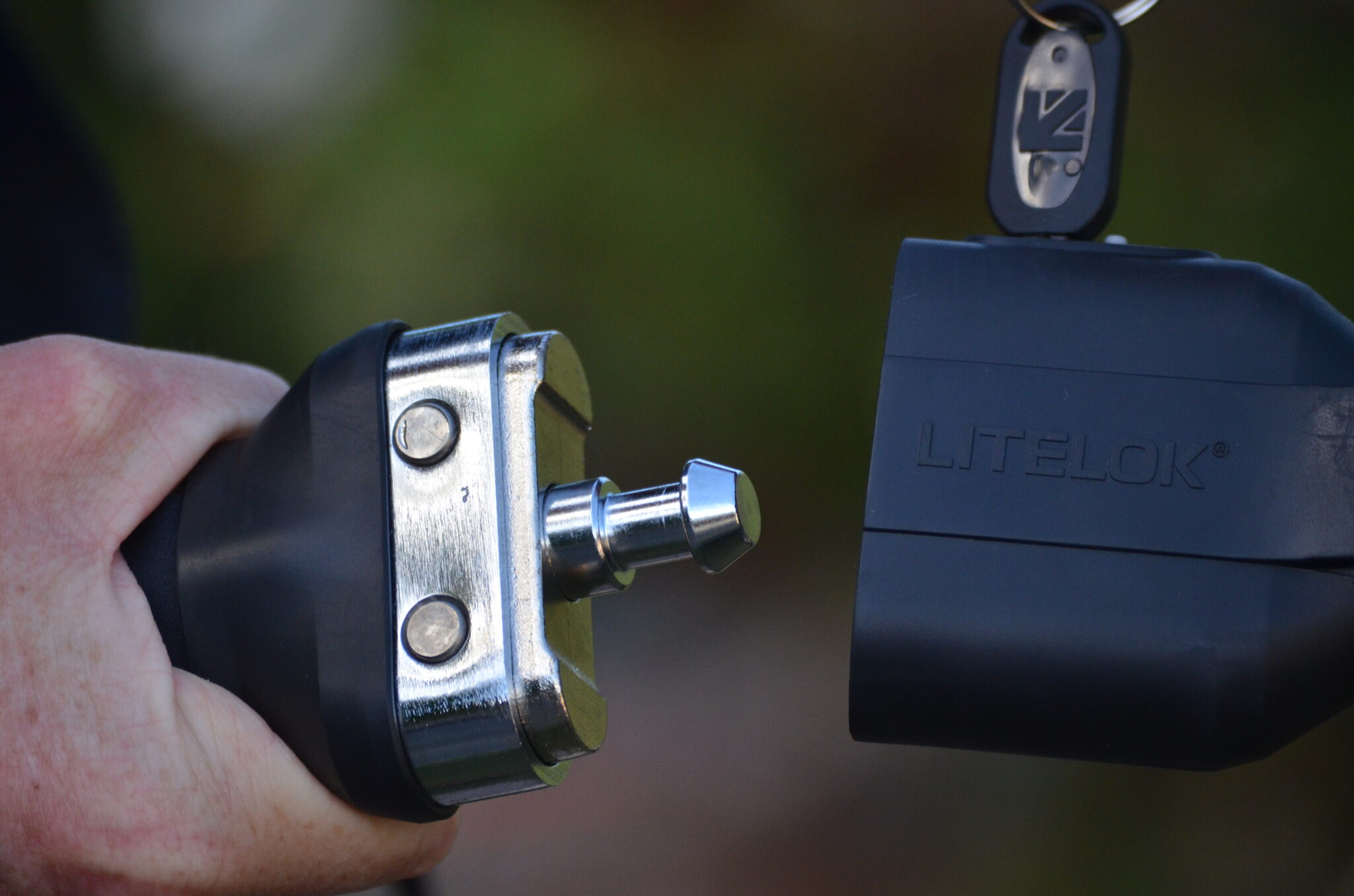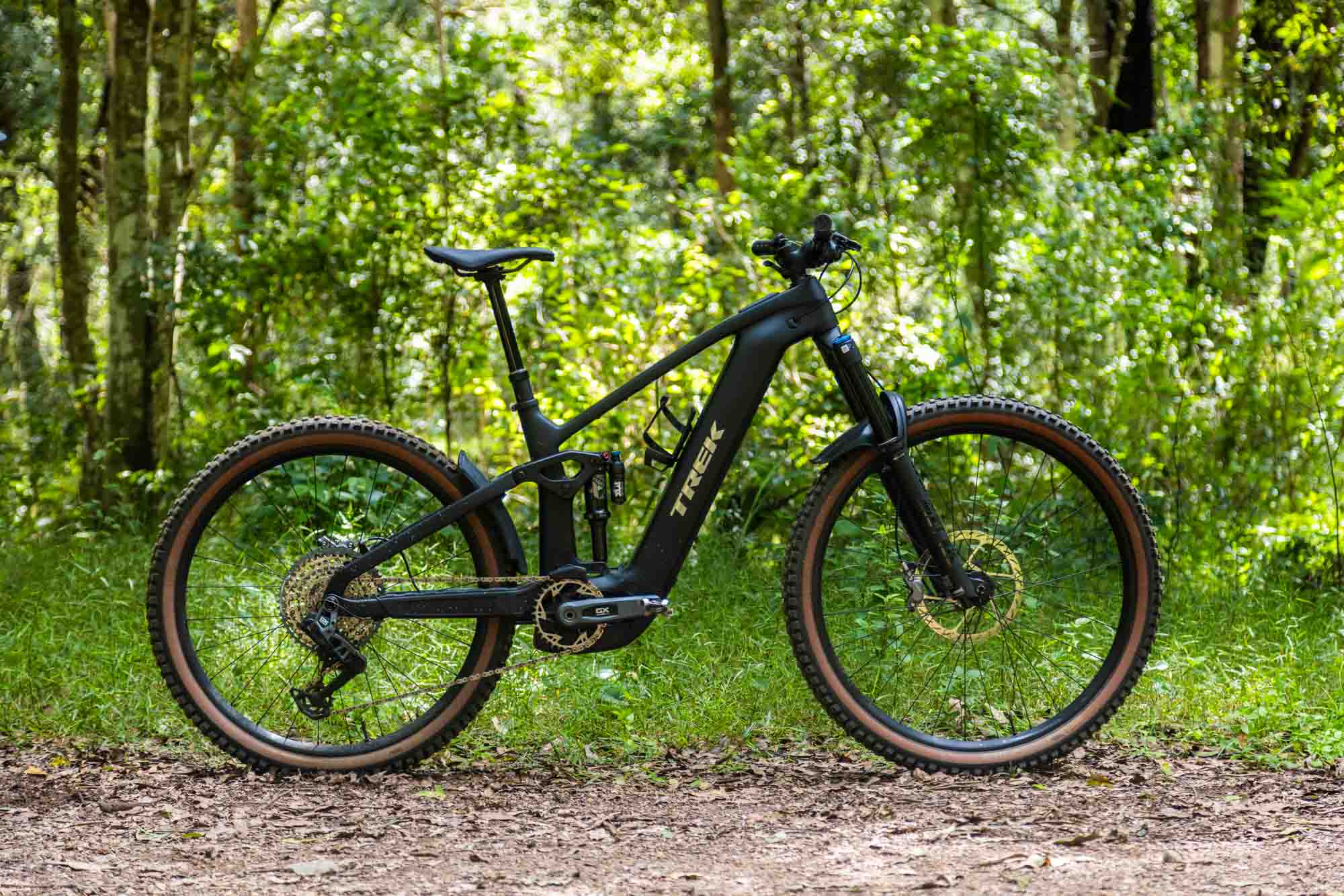Pump up your skills
How a skills course can take your riding to the next level.
As a 36-year-old Australian male mountain biker, it takes a lot for me to admit that I don’t, in fact, know everything there is to know about mountain bikes and how to ride them fast and efficiently. And often I’m reminded at my local mountain bike park that similarly aged riders aren’t the experts that we’d like to think we are.
Thankfully, the growth in mountain biking means growth in skills courses too. Seasoned mountain bikers, or those new to the sport, can fine tune their skills or learn the basics without being left to figure it out alone (and probably doing it the wrong way for too long in the process).
Dylan Cooper, of Ride Technics, has delivered skills tuition to new and experienced riders alike for over 12 years. With a history of racing going back to the mid 1990s in downhill, cross-country and now enduro, Cooper has amassed a wealth of knowledge on what the most essential skills are for mountain biking – no matter your chosen discipline.
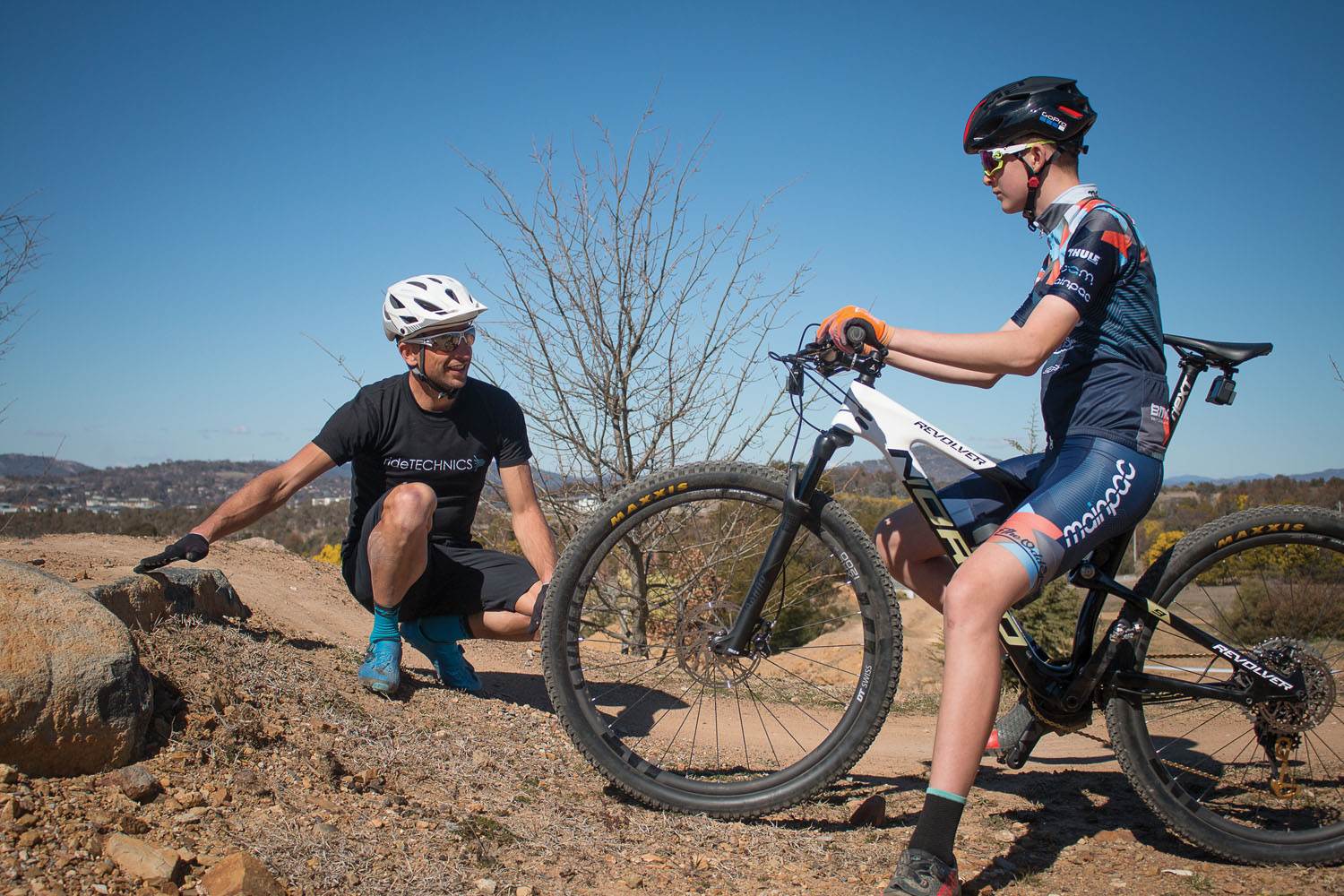
On a recent visit to Canberra and Cooper’s local haunt Mt Stromlo, we took in a lap of the trails so I could glean some tips from the master. While we worked on some finer points, I came up with my own messages to work on for homework.
Don’t follow the masses
It’s too easy to follow the well-worn line on popular trails, but Cooper encourages you to look beyond what everyone is riding, to what lines are faster, and often safer and more efficient.
Read, don’t react
Looking up the trail is an essential skill, and something Dylan makes riders practice – since each trail feature affects the next. You should be looking ahead beyond the immediate obstacles, so you’re linking your lines together, and not just reacting to what’s directly in front of your front wheel.
Ride the dirty line
My focus is cross-country and marathon racing, and as we ride Cooper points out the importance of changing your lines and being open to new ones as conditions change. A big thing here is finding traction within the bounds of the course tape – and sometimes that means getting further onto the edge to where your tyres will dig in. It might not be as clean – but it can give you more space to work with to maintain speed and control.
Light hands
Look around on the trails and you’ll see a lot of people gripping the bars hard, looking super stern and probably not going that fast. Then you’ll see someone cool as a cucumber, going effortlessly at super-speed. Sometimes the difference is how they’re using their body. Our lower body is the strongest connection to the bike we have, and keeping pressure down through the pedals to push the bike with our legs and hips through corners does a far better job of getting caught over the front of the bike too much and using a death grip.
Pump and jump
One of the big things Cooper has me doing is finding straighter lines in the trail. This isn’t cutting through corners, but pumping over features and jumping other small ones to save the effort of turning and the need to find speed from the pedals. It maintains momentum and traction, plus the action of pumping down a slope can even get you some free speed. It also often lines you up better for the next feature.
Pressure is everything
If you’re going to push your bike harder, setup is crucial. Getting the right tyre and suspension pressure to suit your riding and the trail conditions makes a big difference. I know how to use a digital pressure guage for my suspension and tyres to make sure I’m spot on for the trails I’m riding. And these pressures also change as your technique improves.
Choose a bigger gear
While Cooper doesn’t suggest mashing the pedals, we often end up riding too light a gear which means we can’t get the platform we need to loft the front wheel or really kick out of a corner when we need to. A slightly more solid gear has you moving better over obstacles as you have better feedback from the pedals and more torque going through the bike – therefore more speed, stability and control.
I have plenty to work on, but Cooper had me hitting well-known features faster than ever, and with more confidence. If you feel like your riding has plateaued, or you just want to learn how to do things the right way, getting some professional skills tuition is highly recommended.
Where to get your skills training
Brisbane: EWS ripper Ben Forbes takes skills courses in and around Brisbane
Canberra/NSW region: Ride Technics are the market leaders, and Dylan Cooper will change your riding habits for the better.
Sydney: Will Levy at Mtnbike, via a range of coaches.
DIY Skills
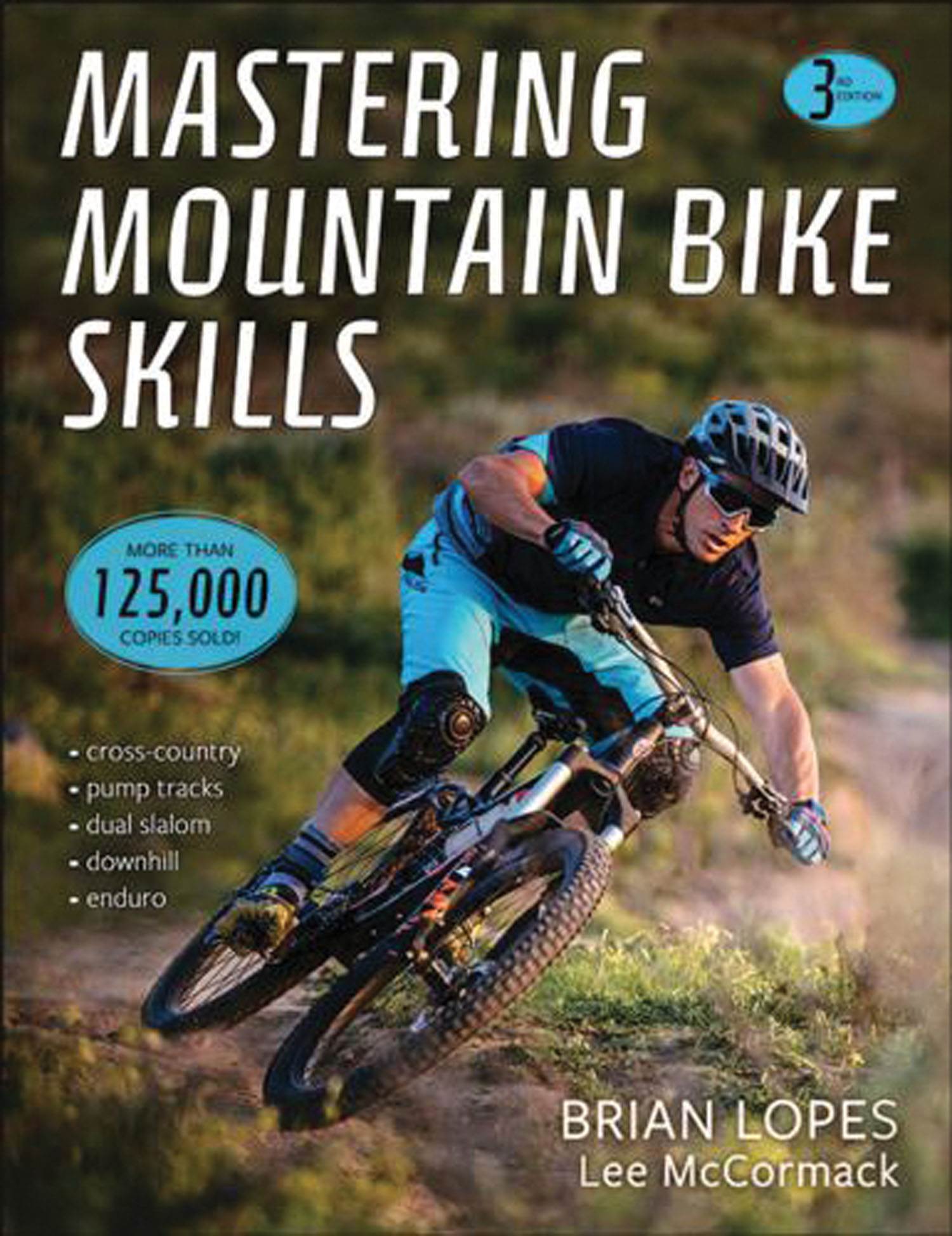
If you do better learning at your own pace, or want to continue your progression after a skills session, we can highly recommend the recently launched 3rd edition of Mastering Mountain Bike Skills, by Brian Lopes and Lee McCormack. The book caters to riders of all levels, and the continued revisions have ensured it remains up-to-date despite the changing demands of our sport. This is a great book to have on your shelf if you want to understand more about mountain bike technique and improve your riding.
From: Human Kinetics. RRP: About $45.

